
Peter MacOwan was a British colonial botanist and teacher in South Africa.
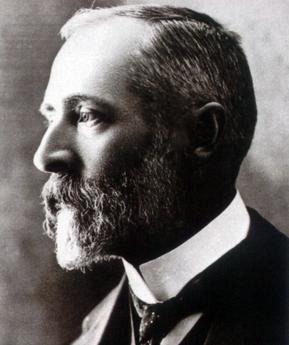
Ernest Edward Galpin (1858–1941), was a South African botanist and banker. He left some 16,000 sheets to the National Herbarium in Pretoria and was dubbed "the Prince of Collectors" by General Smuts. Galpin discovered half a dozen genera and many hundreds of new species. Numerous species are named after him such as Acacia galpinii, Bauhinia galpinii, Cyrtanthus galpinii, Kleinia galpinii, Kniphofia galpinii, Streptocarpus galpinii and Watsonia galpinii. He is commemorated in the genus Galpinia N.E.Br. as is his farm in the genus Mosdenia Stent.
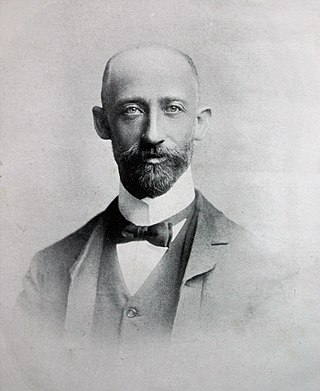
Thomas Robertson Sim was a botanist, bryologist, botanical artist and Conservator of Forests in Natal, best known for his monumental work The Forests and Forest Flora of the Colony of the Cape of Good Hope which appeared in 1907. He was the eldest of five children of John Sim (1824–1901), a noted bryologist and Isabella Thomson Robertson (1823-).

Encephalartos woodii, Wood's cycad, is a rare cycad in the genus Encephalartos, and is endemic to the oNgoye Forest of KwaZulu-Natal, South Africa. It is one of the rarest plants in the world, being extinct in the wild with all specimens being clones of the type. The specific and common name both honour John Medley Wood, curator of the Durban Botanic Garden and director of the Natal Government Herbarium of South Africa, who discovered the plant in 1895.
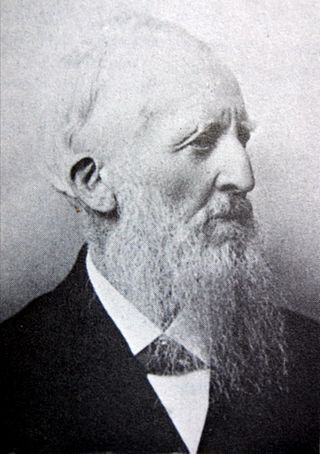
John Medley Wood was a South African botanist who contributed greatly to the knowledge of Natal ferns, is generally credited with the establishment of sugarcane mosaic virus immune Uba sugar cane in Natal and for his extensive collection of Natal plants.

Inez Clare Verdoorn was a South African botanist and taxonomist, noted for her major revisions of plant families and genera. She is also a niece of Eugene Nielen Marais, lawyer, naturalist, poet and writer.
Olive Mary Hilliard was a South African botanist and taxonomist. Hilliard authored 372 land plant species names, the fifth-highest number of such names authored by any female scientist.

The Durban Botanic Gardens is situated in the city of Durban, KwaZulu-Natal, South Africa. It is Durban's oldest public institution and Africa's oldest surviving botanical gardens. The gardens cover an area of 15 hectares in a subtropical climate.

Harriet Margaret Louisa BolusnéeKensit was a South African botanist and taxonomist, and the longtime curator of the Bolus Herbarium, from 1903. Bolus also has the legacy of authoring more land plant species than any other female scientist, in total naming 1,494 species.
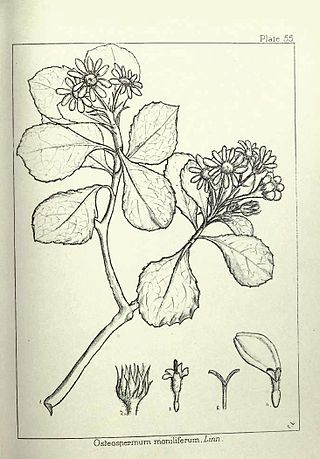
Frieda Lauth was a South African botanical artist who emigrated to Natal with her parents in 1882. She worked as an assistant at the Natal Herbarium and is noted for her illustrations of Medley Wood's Natal Plants. She resigned in 1903 upon marrying Thomas Floyd, and later lectured in botany at the Durban Technical College.

Kathleen Annie Lansdell, was a South African botanical artist.

Marie Prins is a South African botanist.
Marianne or Edda Fannin was an Irish botanical artist, known for her work painting the flora of South Africa. She was regarded as one of the principle South African botanical artists of her time.

Katharine Saunders (1824–1901) was a British-born South African botanical illustrator, the sixth of seven children of the Revd Canon Charles Apthorp Wheelwright and Anna Hubbard of Tansor, Northamptonshire.
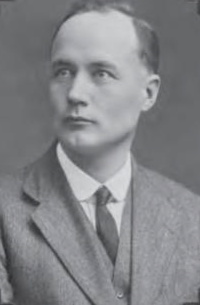
John William Bews was a Scottish born South African botanist.

Edmund André Charles Louis Eloi Schelpe aka Ted Schelpe was a South African botanist, phytogeographer and taxonomist, specialising in pteridophytes, bryophytes and orchids.

Dierdré "Dee" Anne Snijman is a South African botanist and plant taxonomist who is notable for studying and writing extensively on bulbs. She has described over 120 species and has written comprehensive works on South African flora. She received the 1997 Herbert Medal from the International Bulb Society for her research on Amaryllis.

Averil Maud Bottomley was a South African mycologist. She was a member of the Southern Africa Association for the Advancement of Science and a founding member of the South African Biological Society.

Dr. Esmé Frances Franklin Hennessy was a South African professor of Botany, botanical illustrator, and author. She specialized in taxonomic botany. She wrote and illustrated South African Erythrinas (1972), Orchids of Africa (1961) with Joyce Stewart, The Slipper Orchids (1989) with Tessa Hedge, and created many of the descriptions and plates in Flowering Plants of Africa as well as numerous private collections.
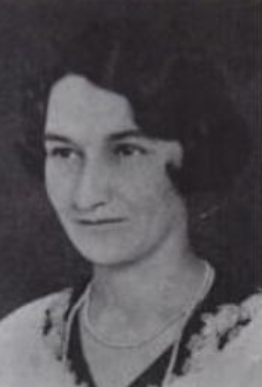
Helena M. L. Forbes was a Scottish botanist, plant collector and curator who worked primarily on South African flora.


















